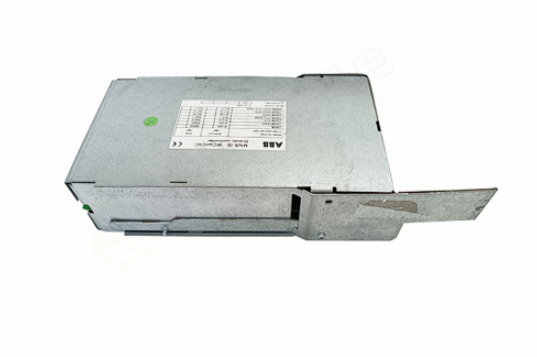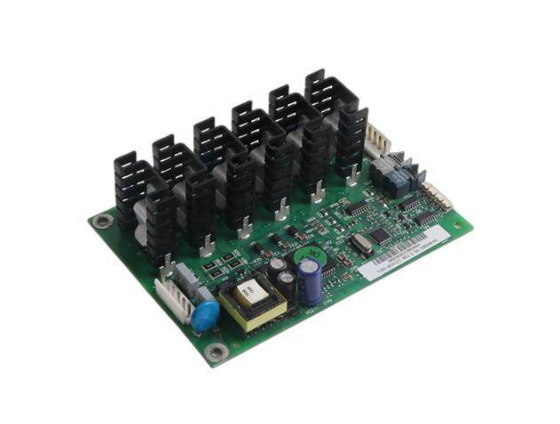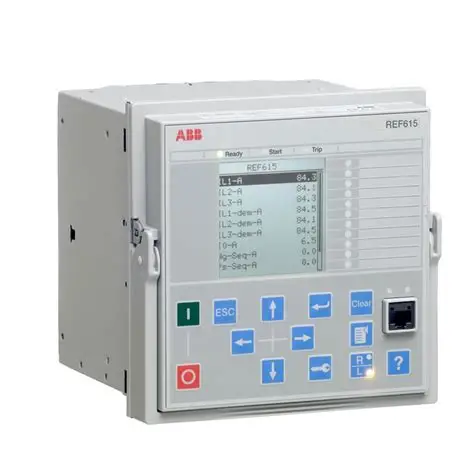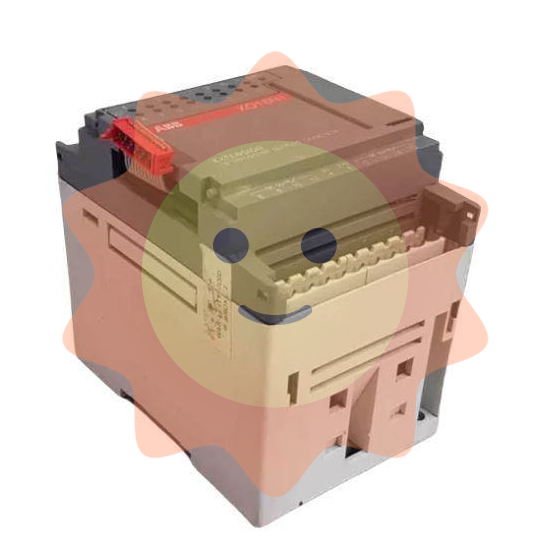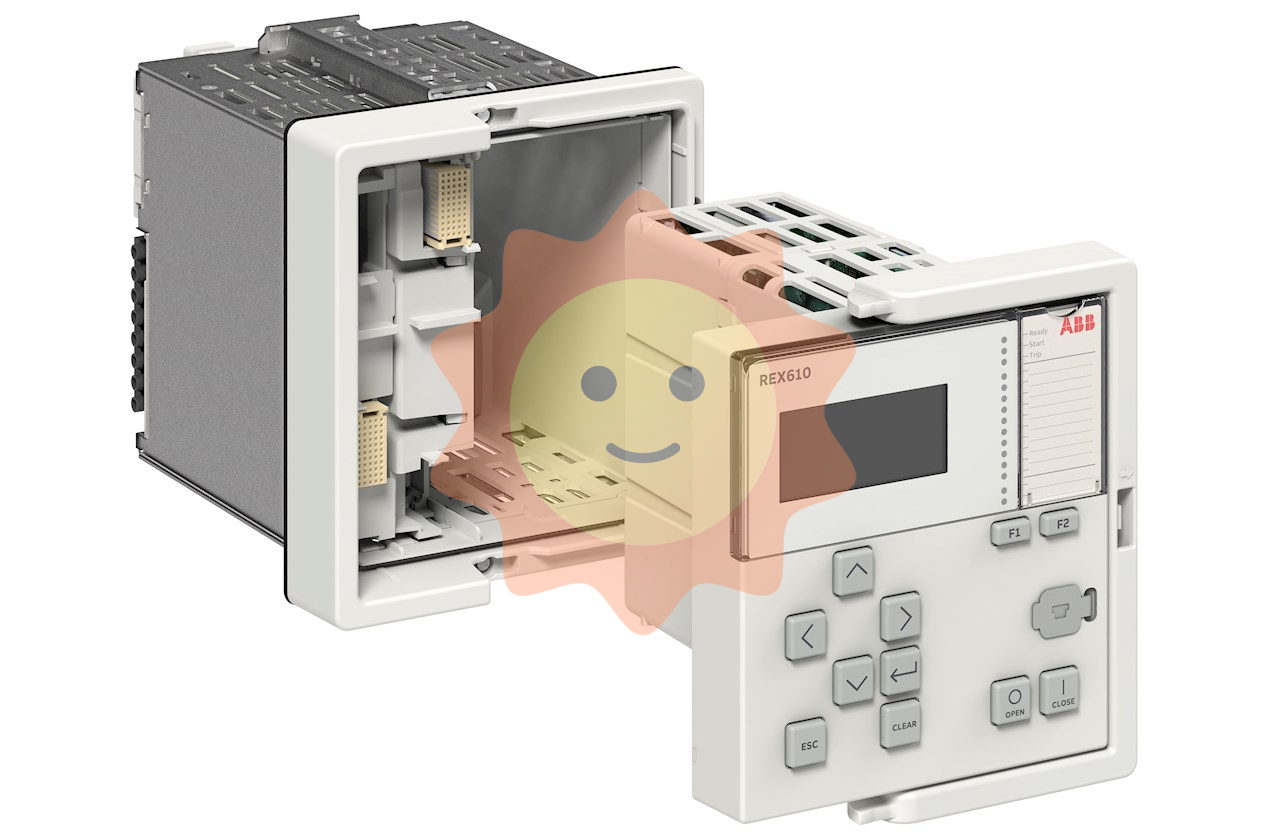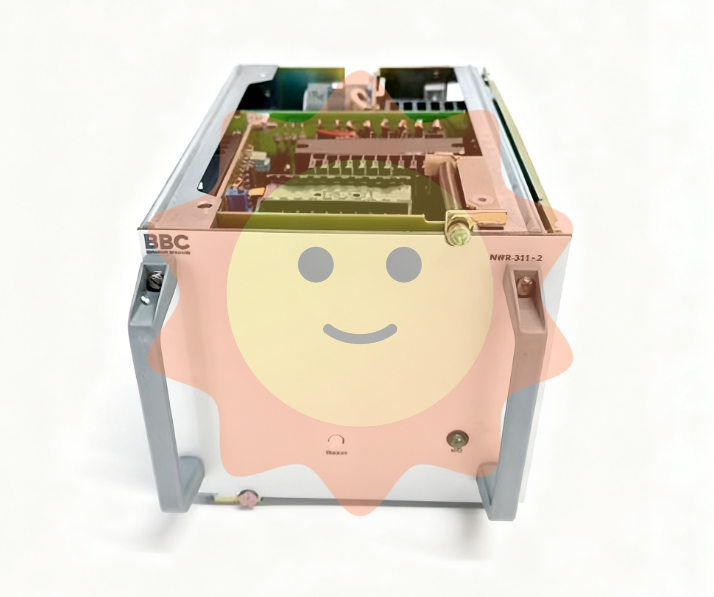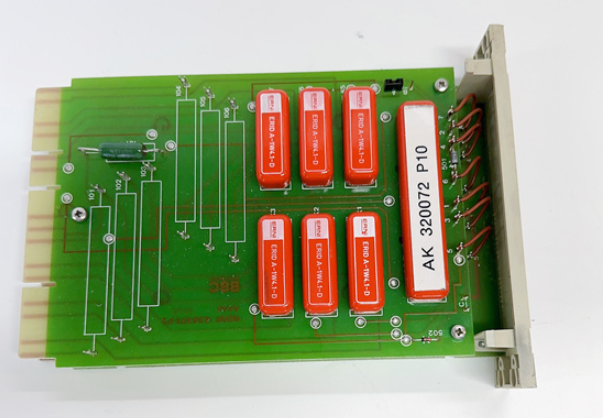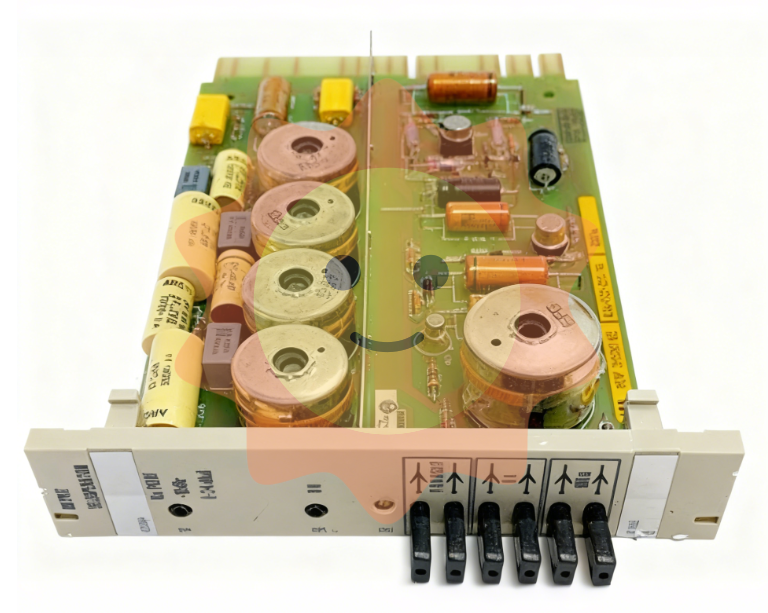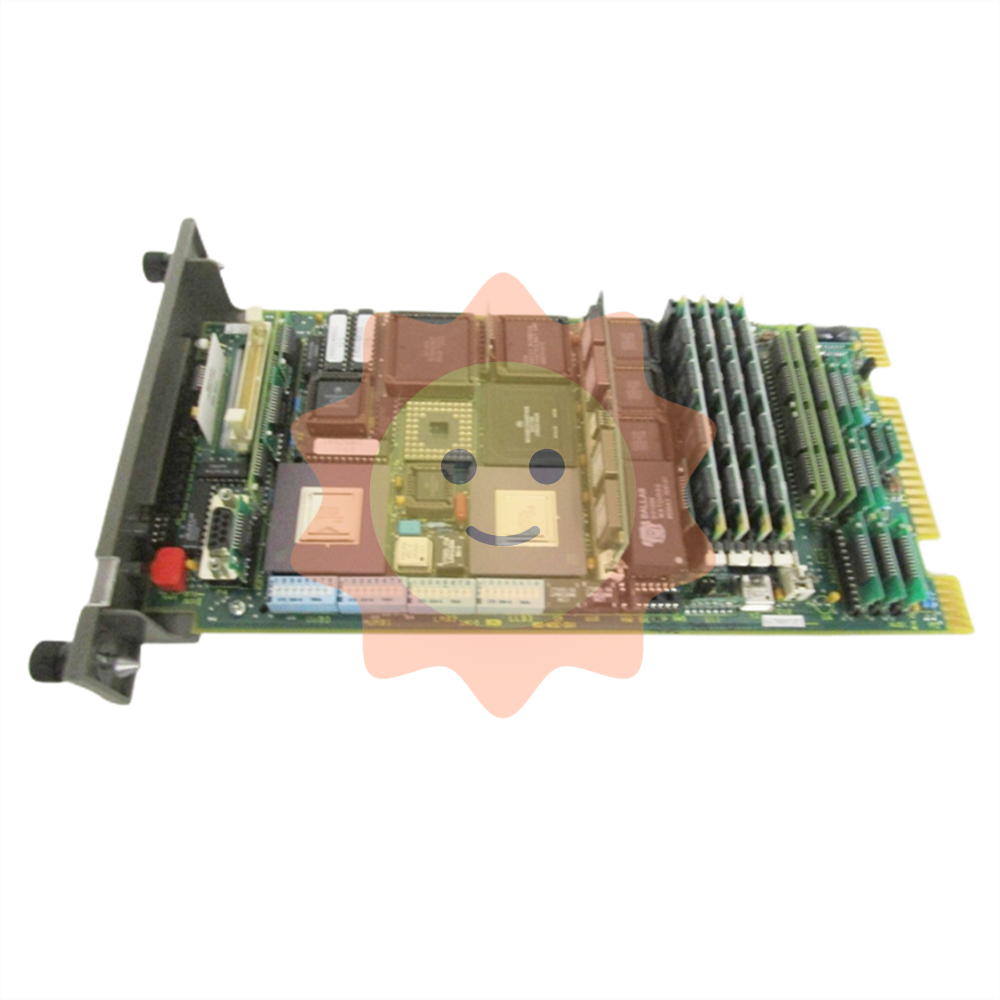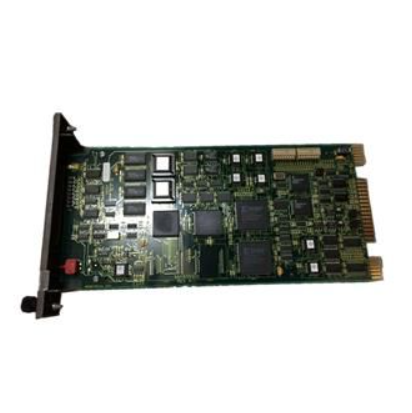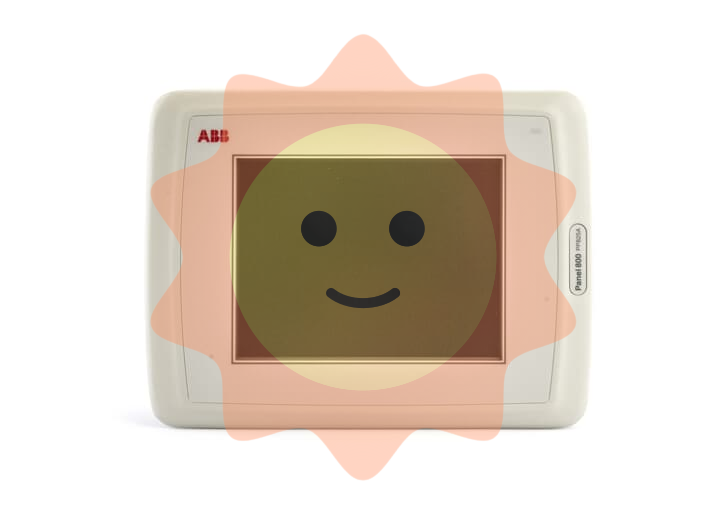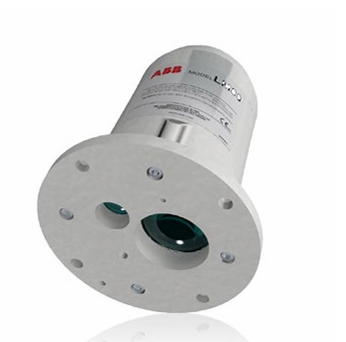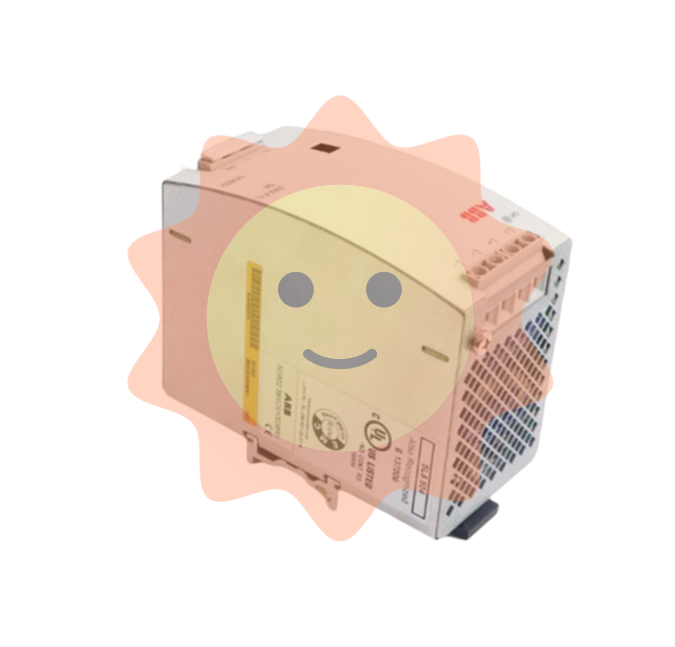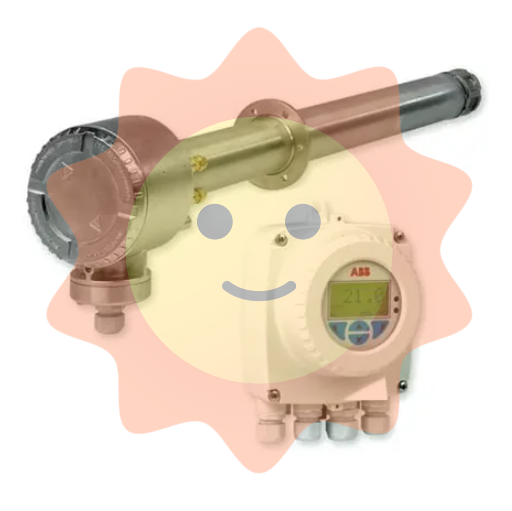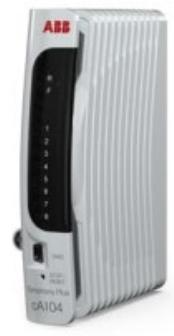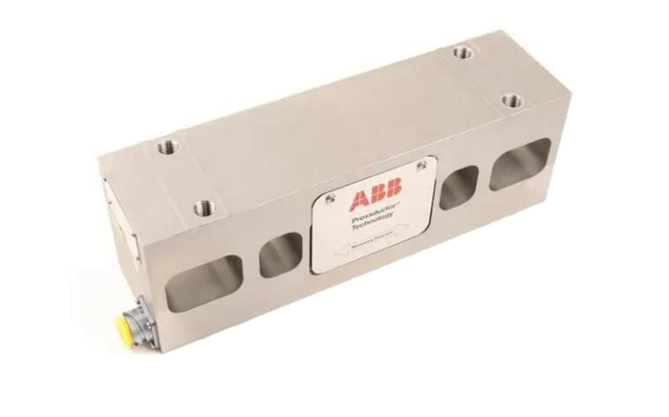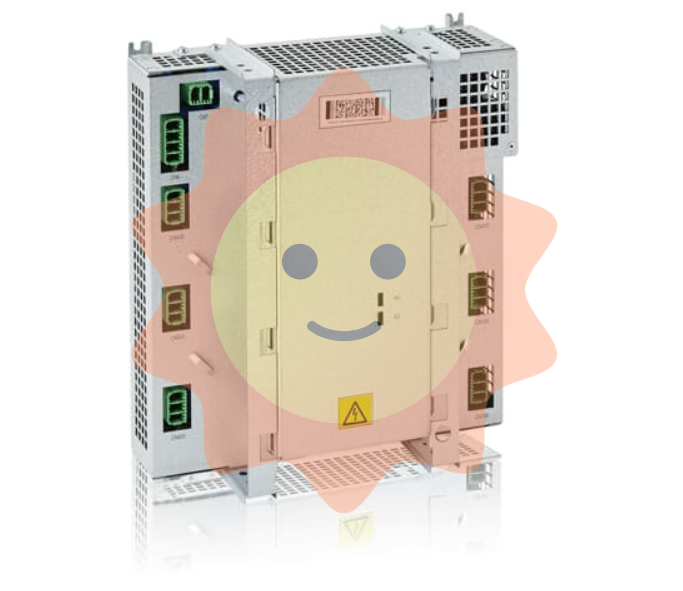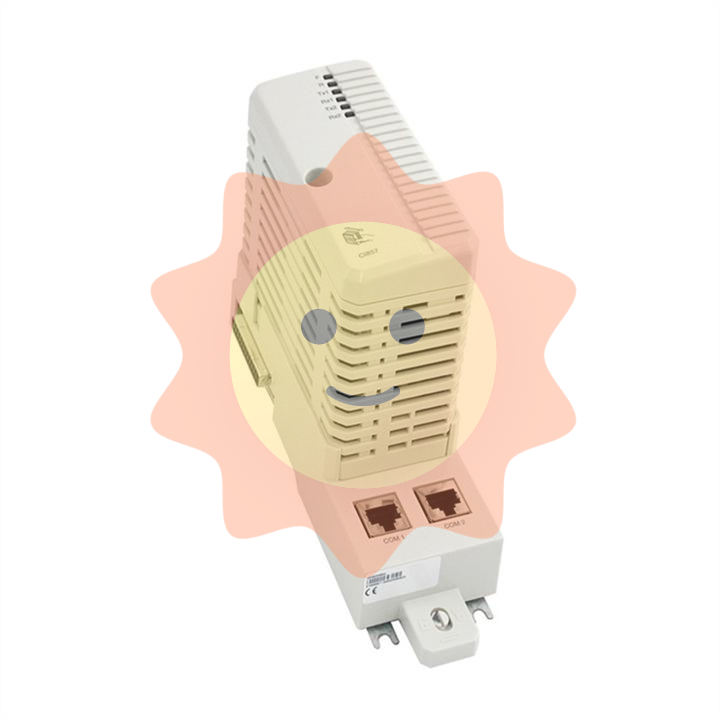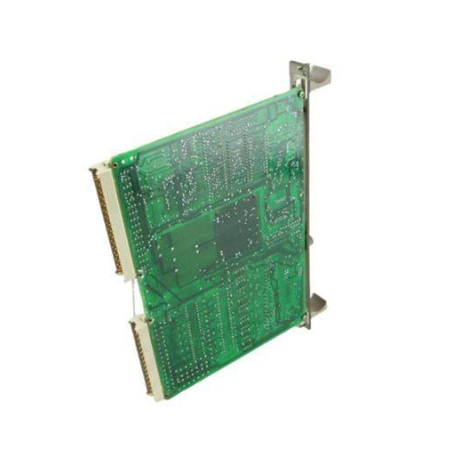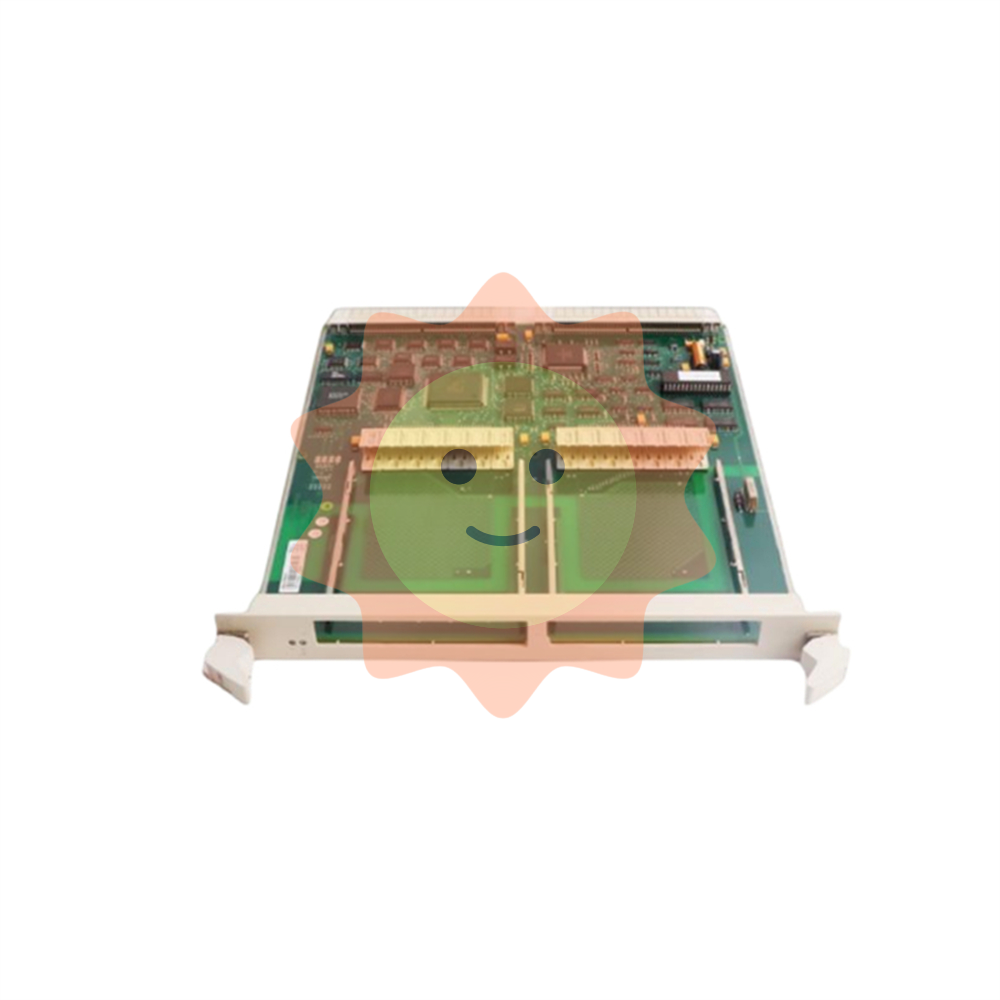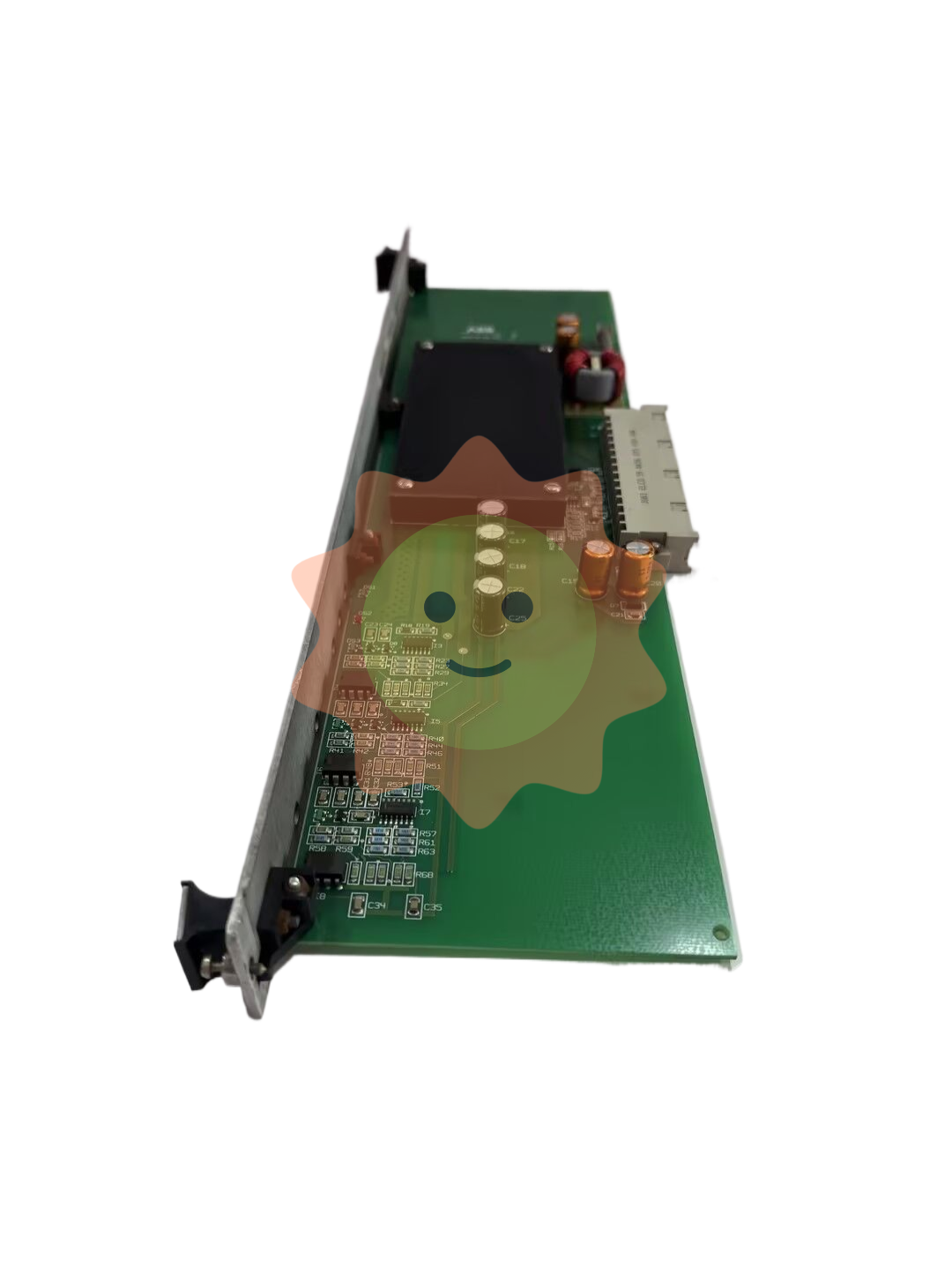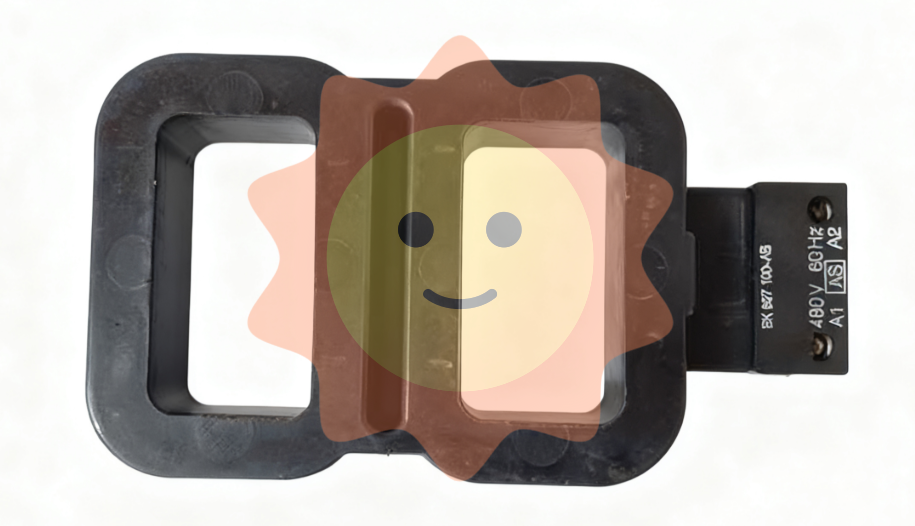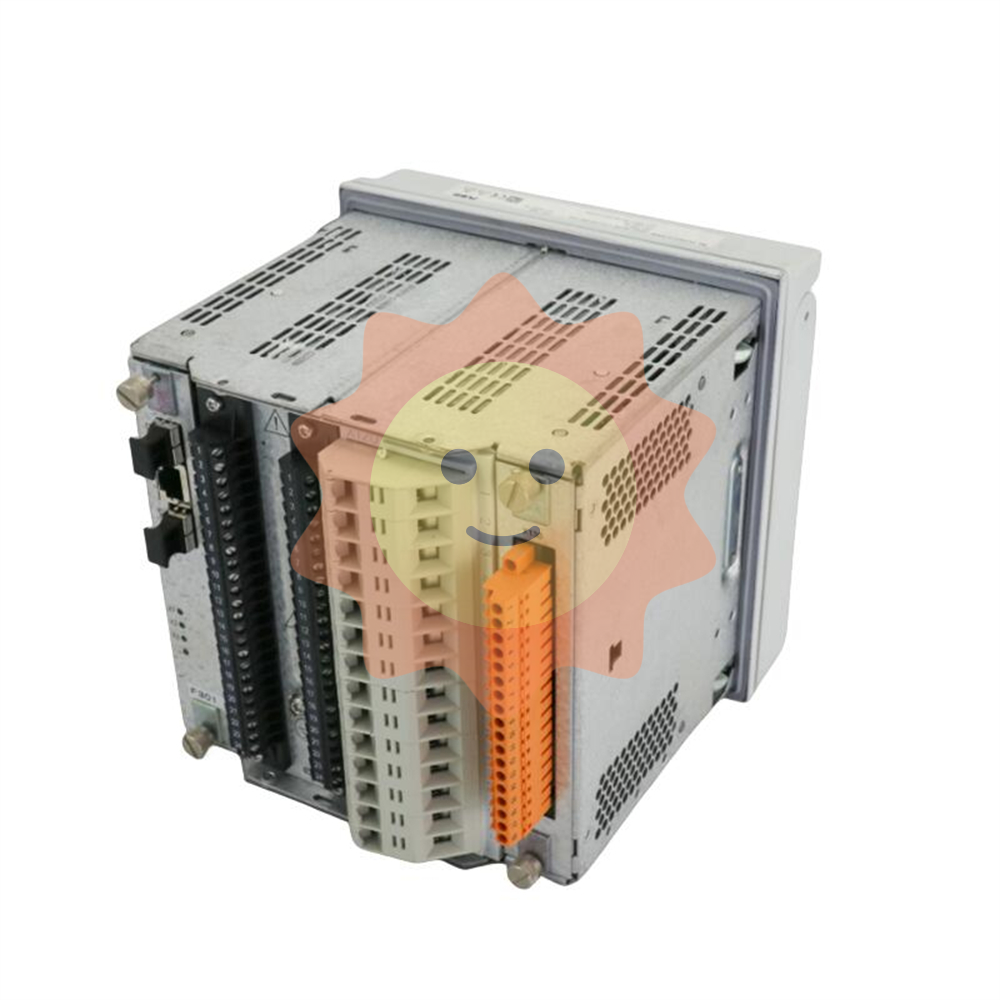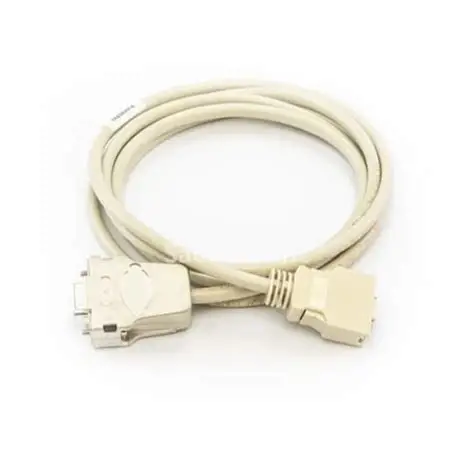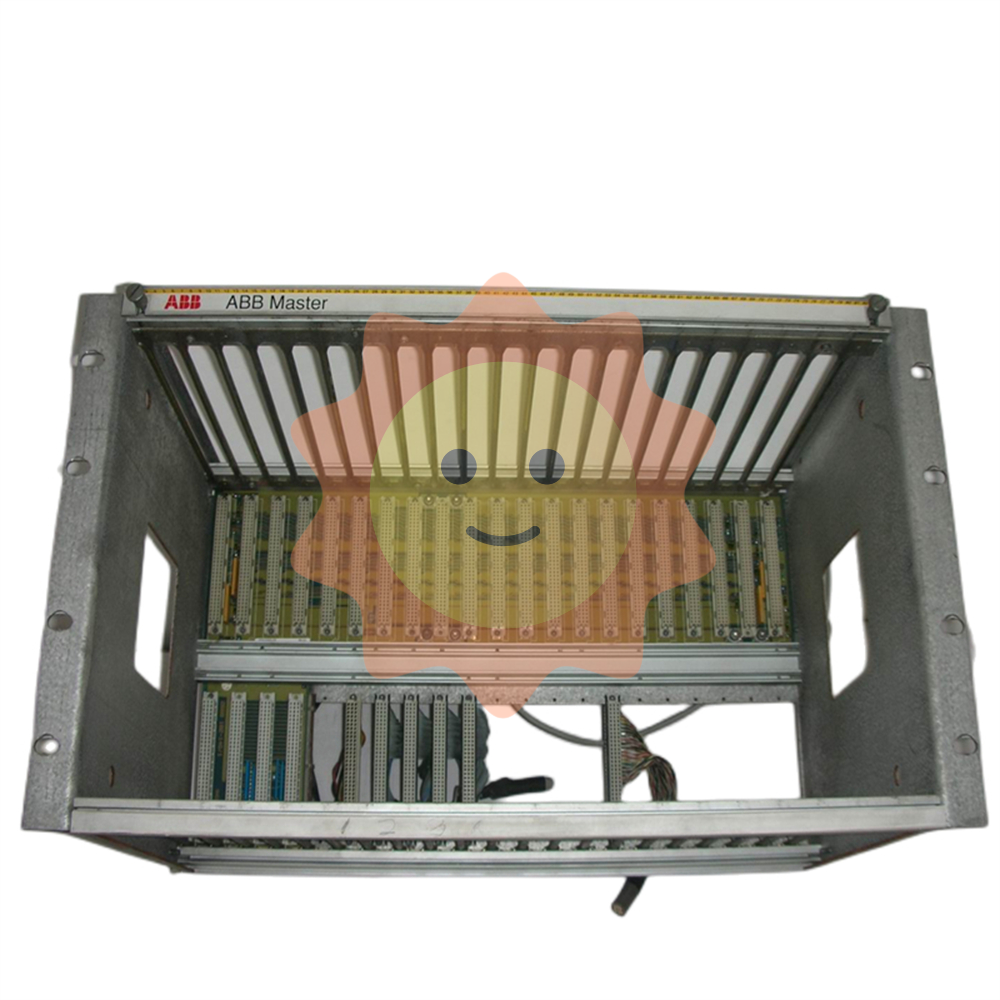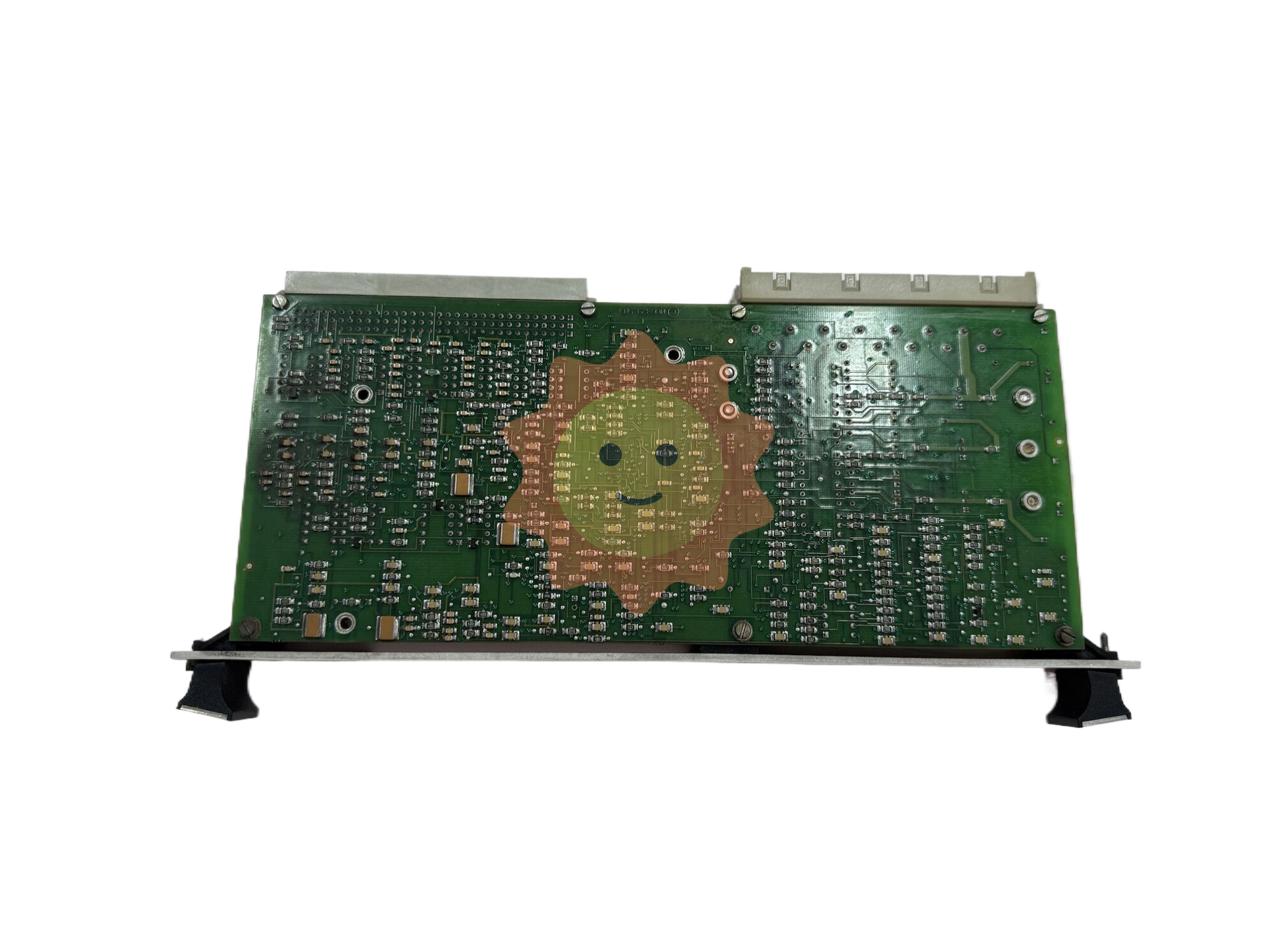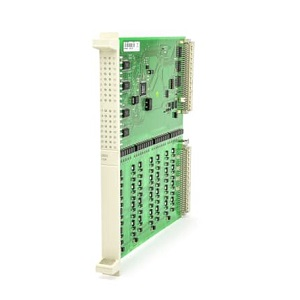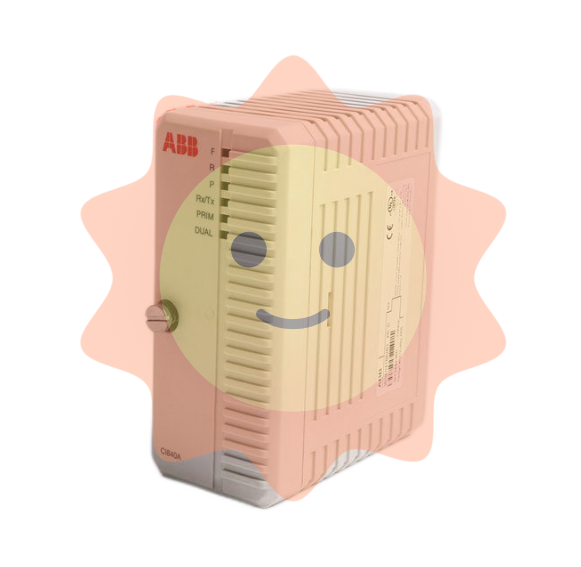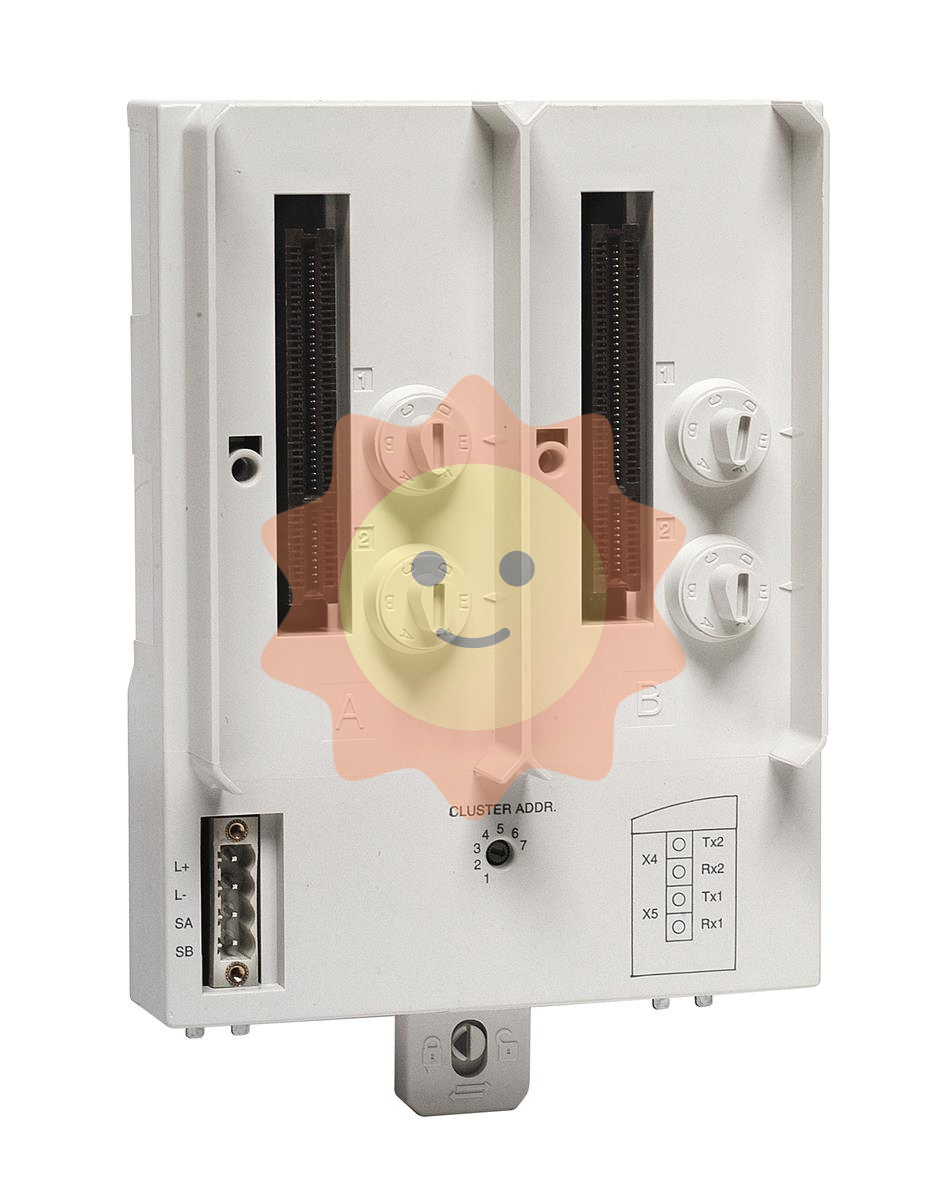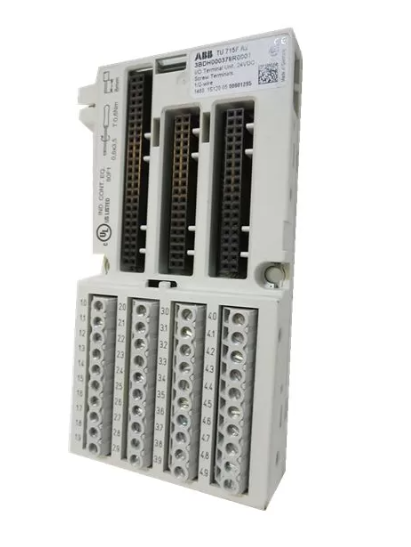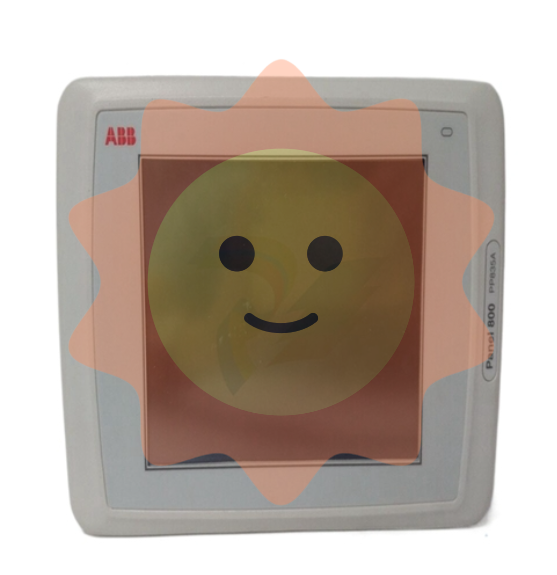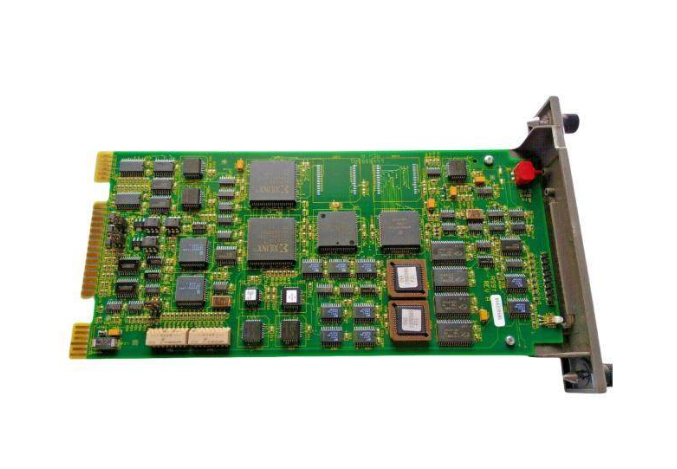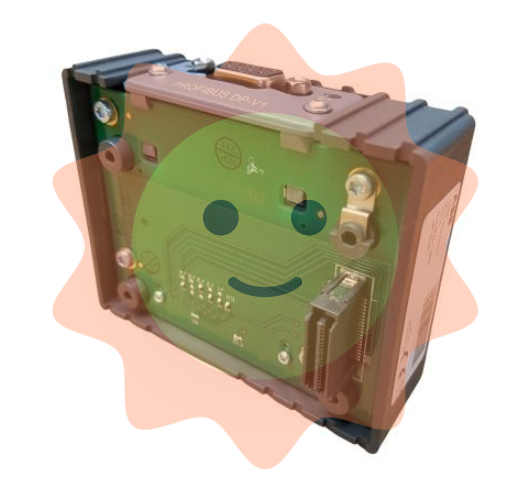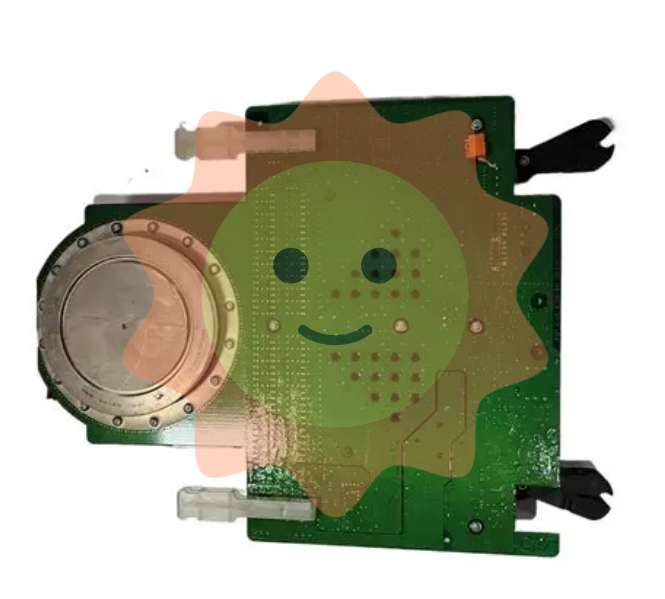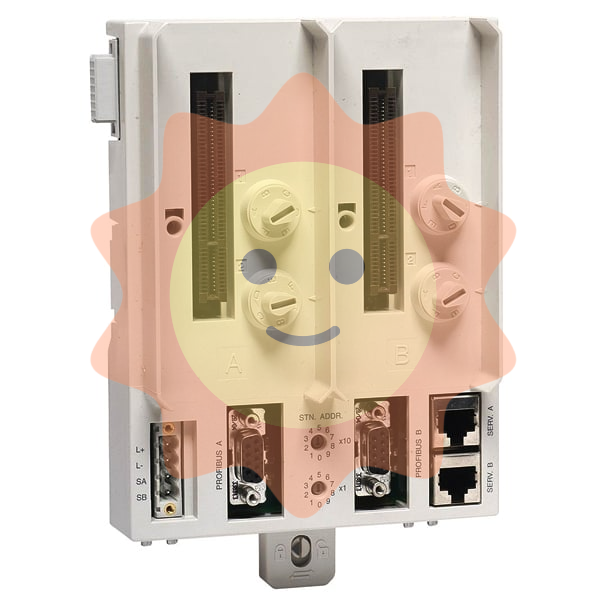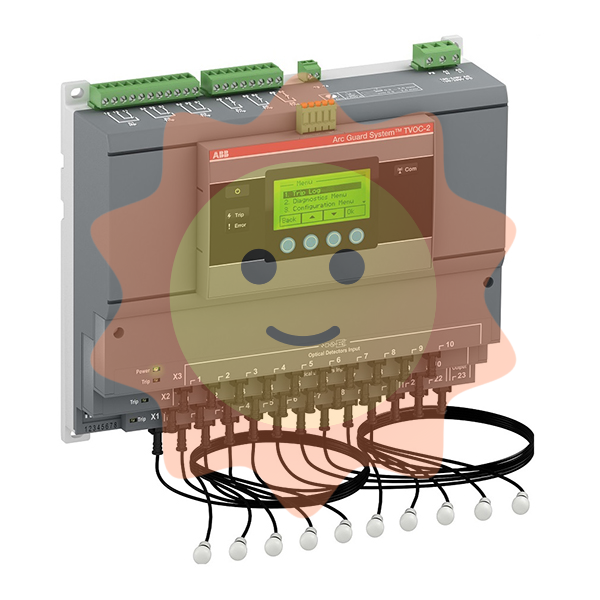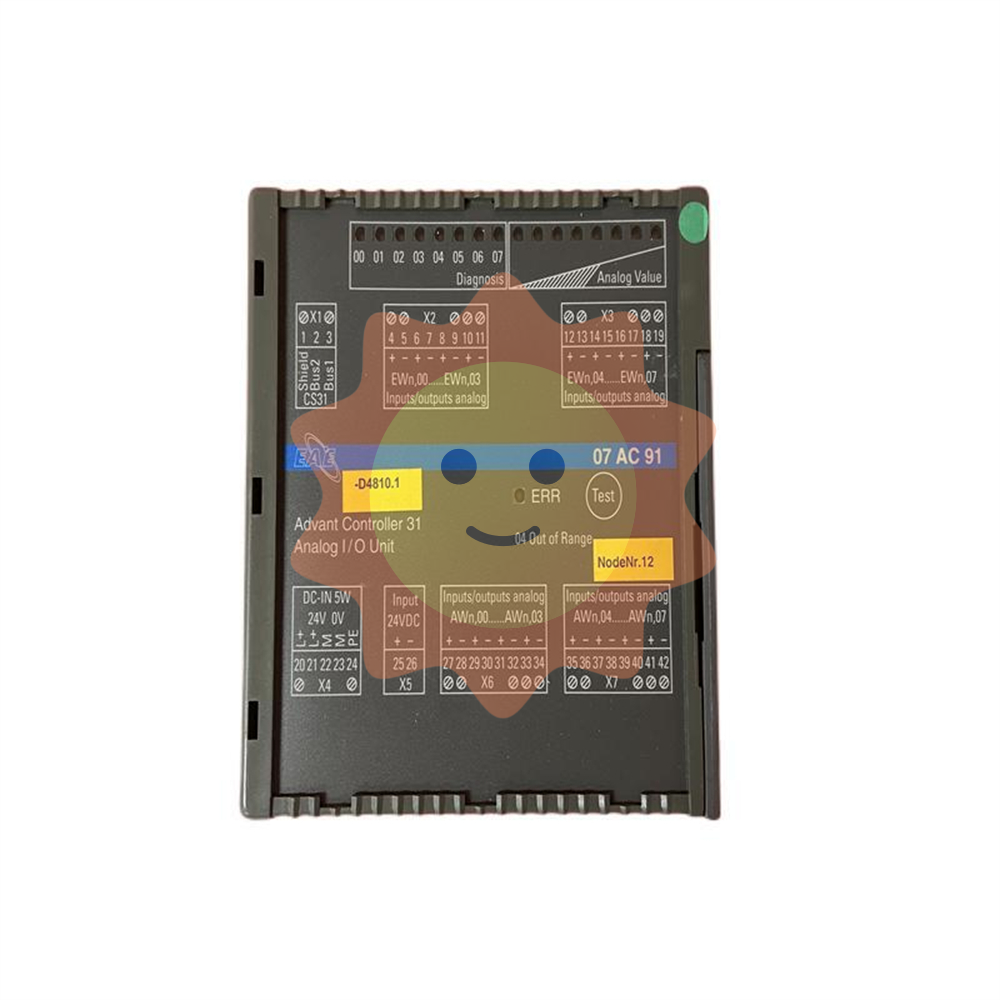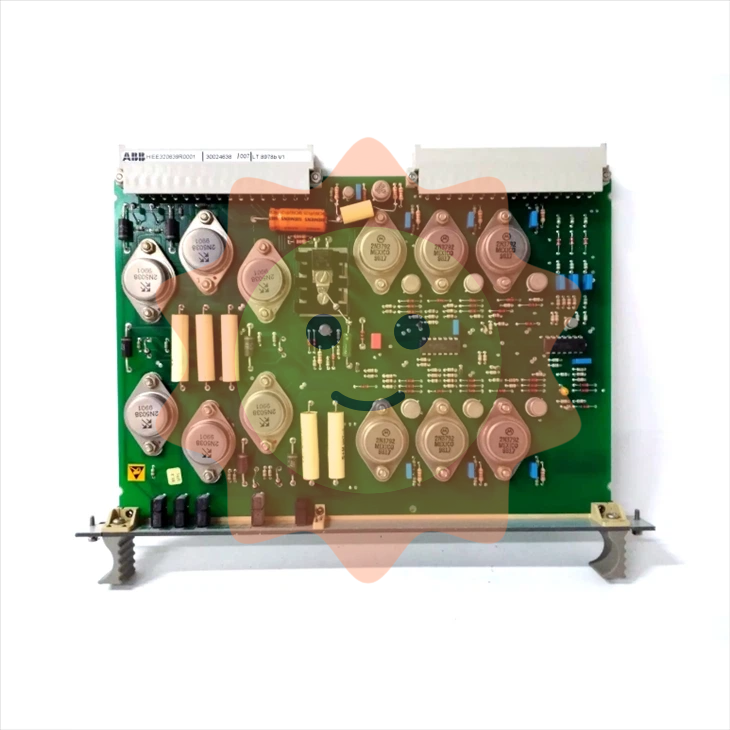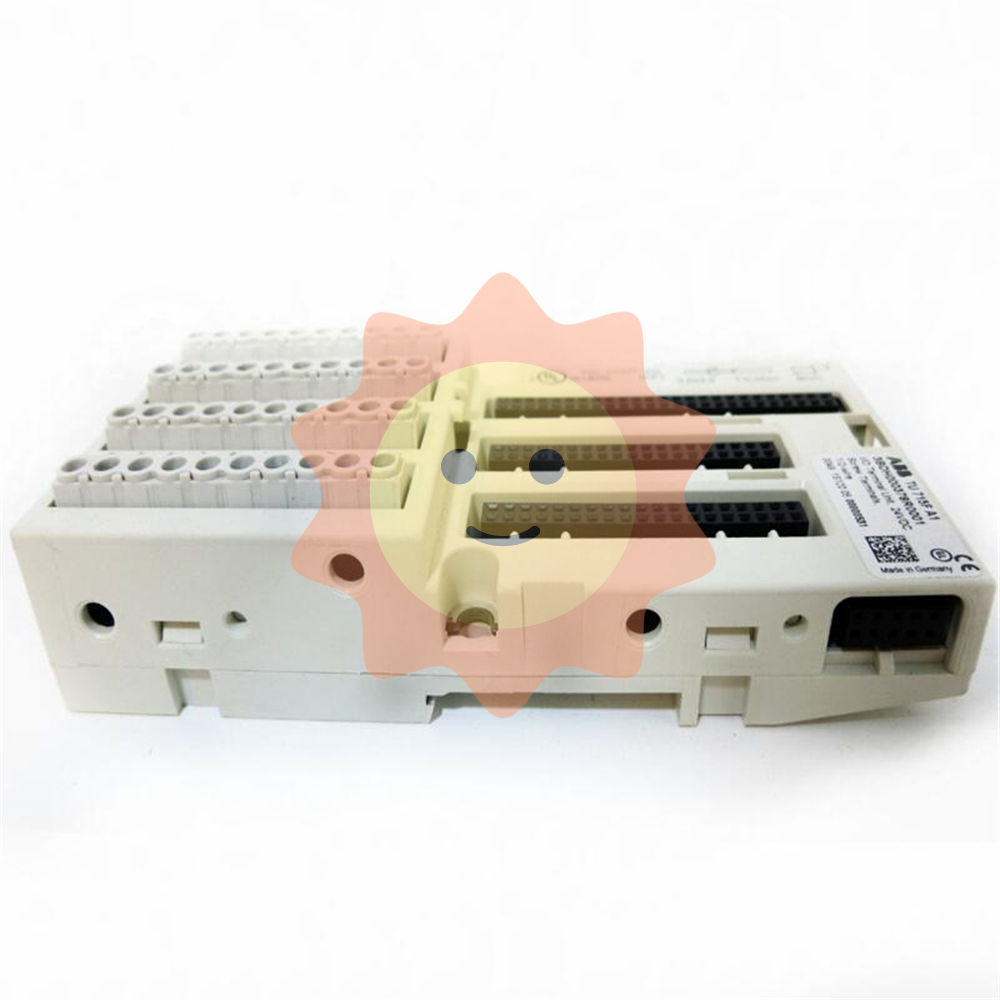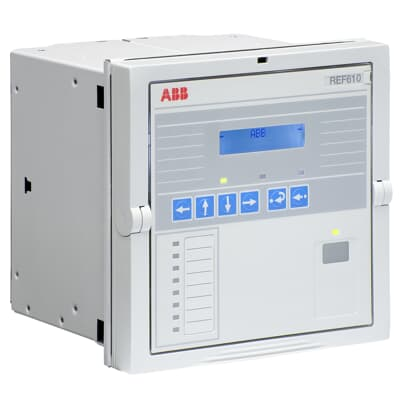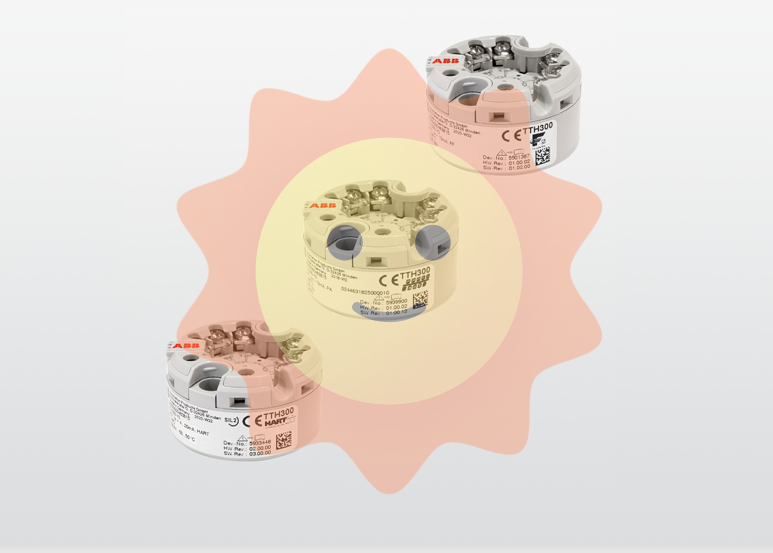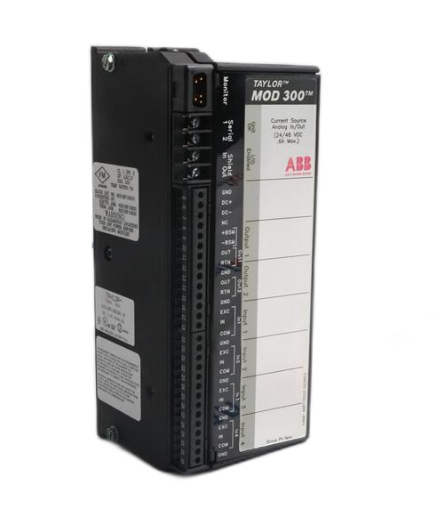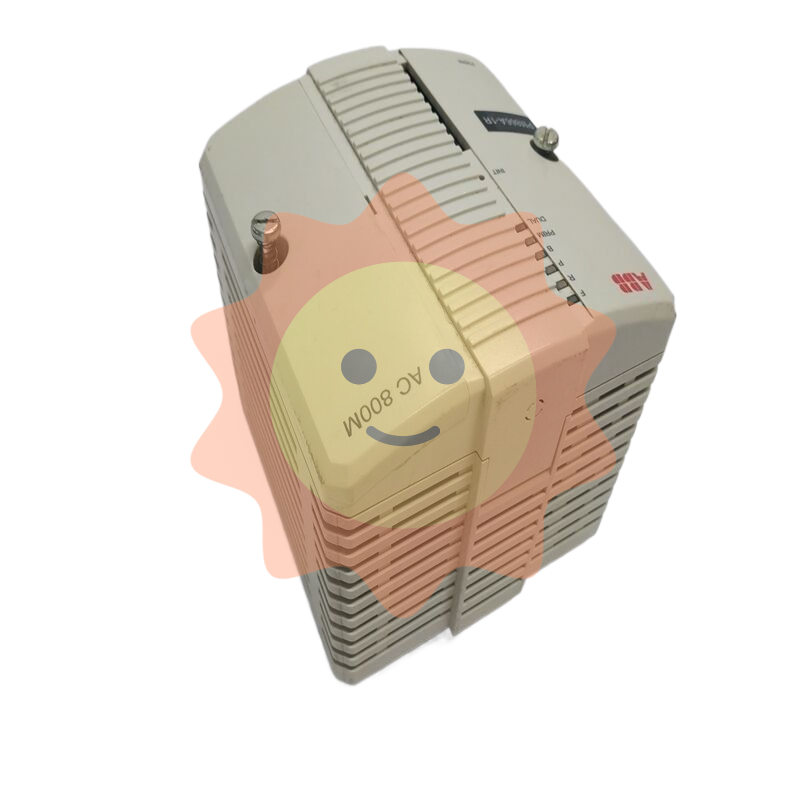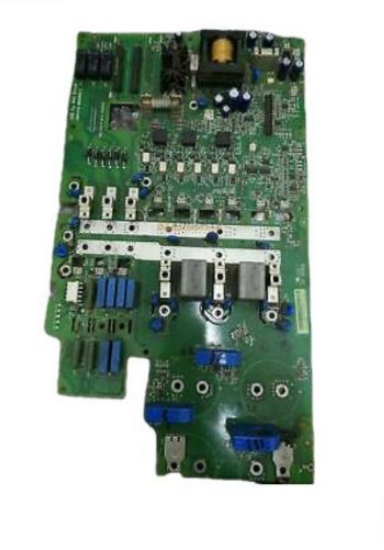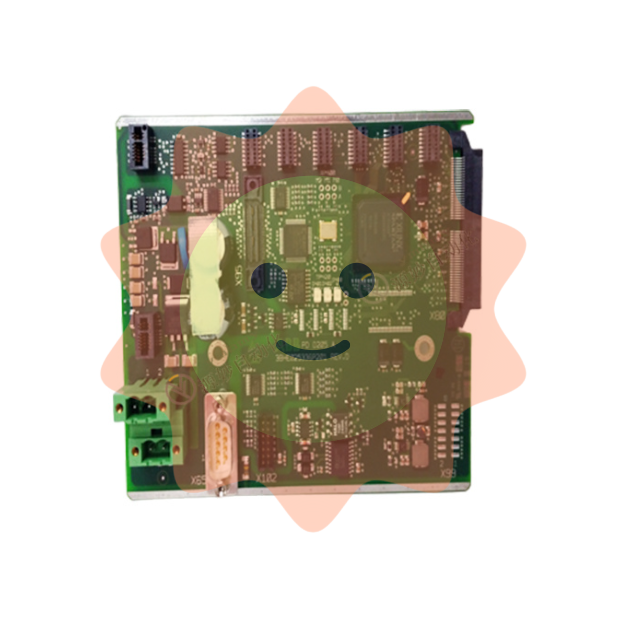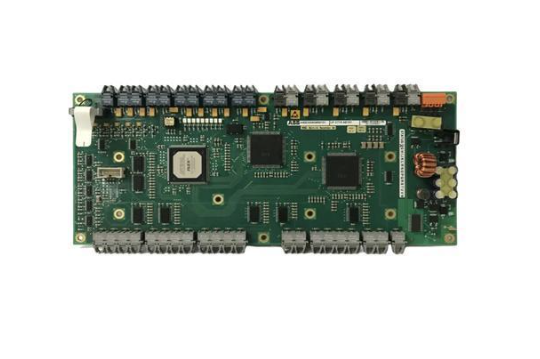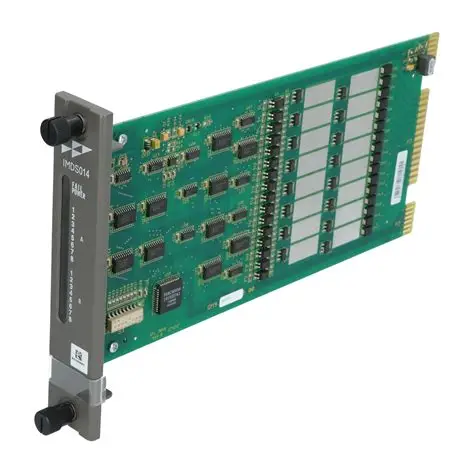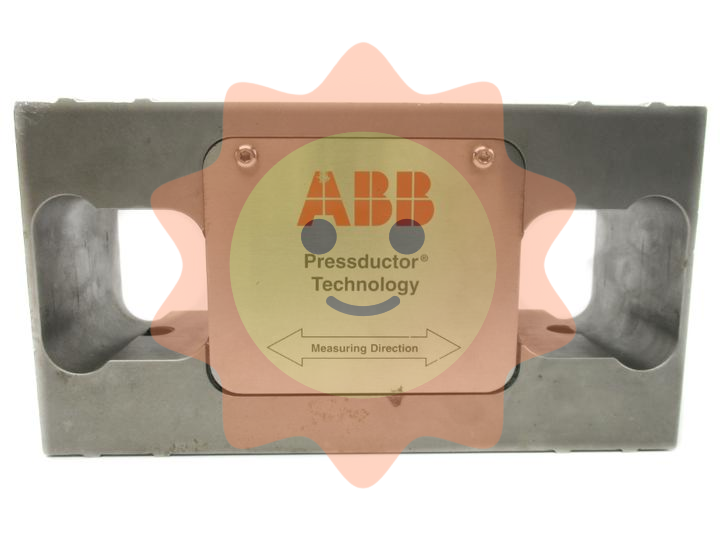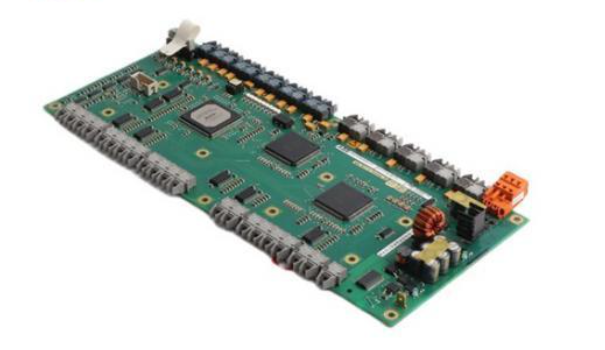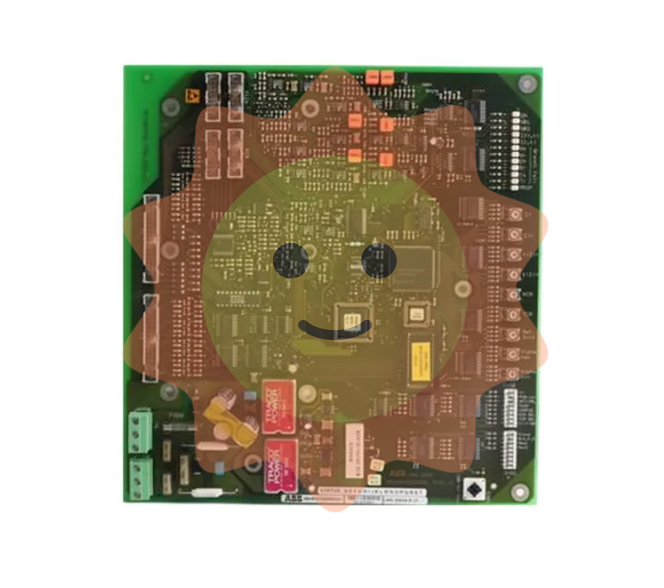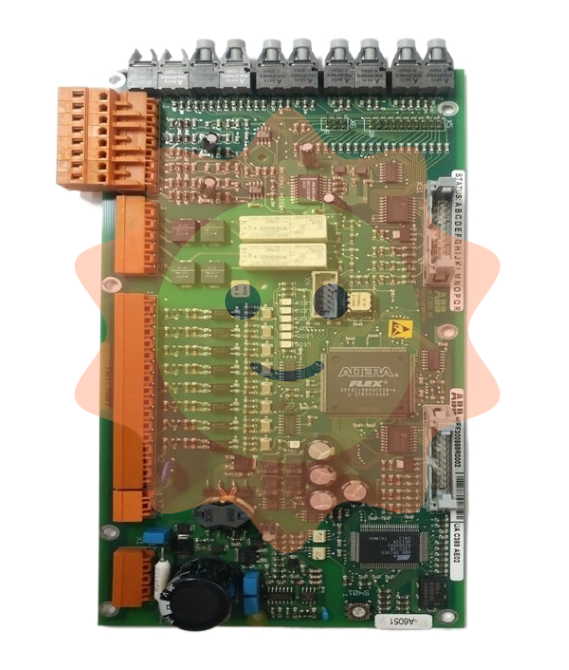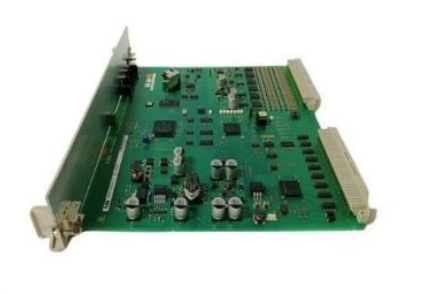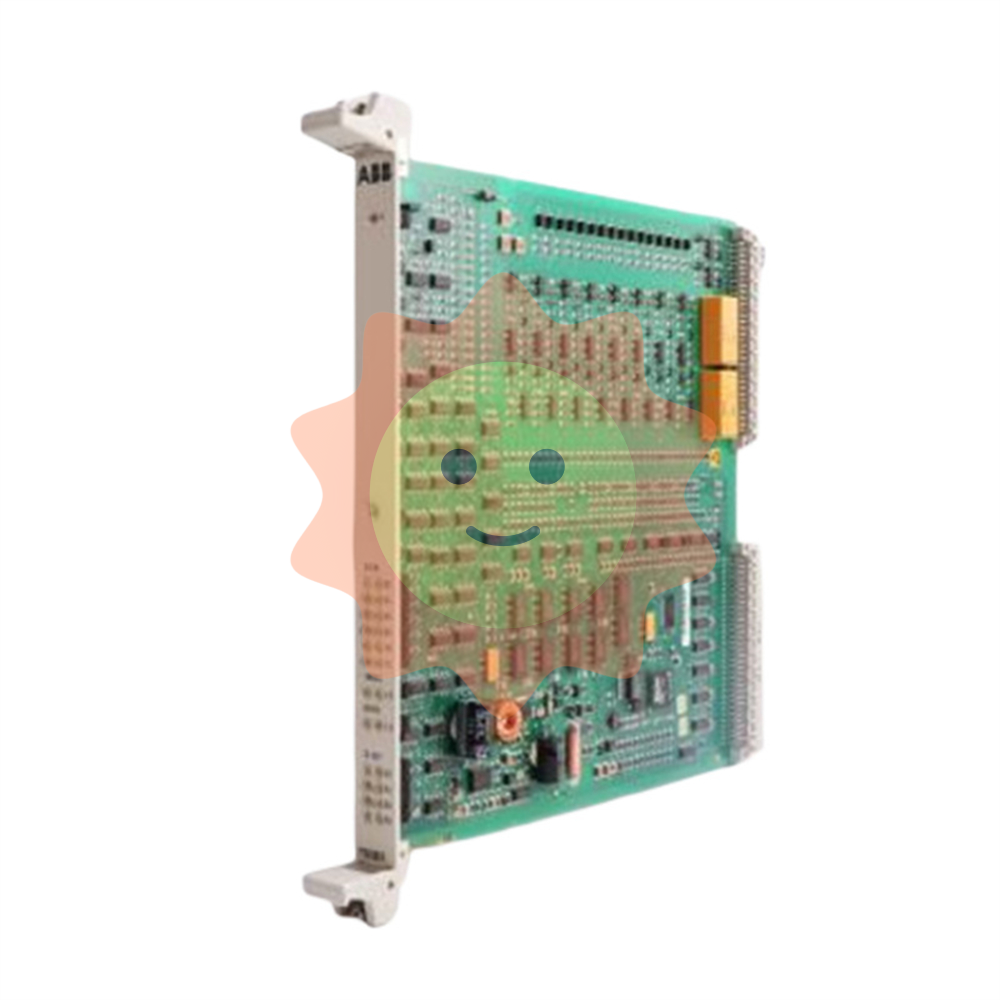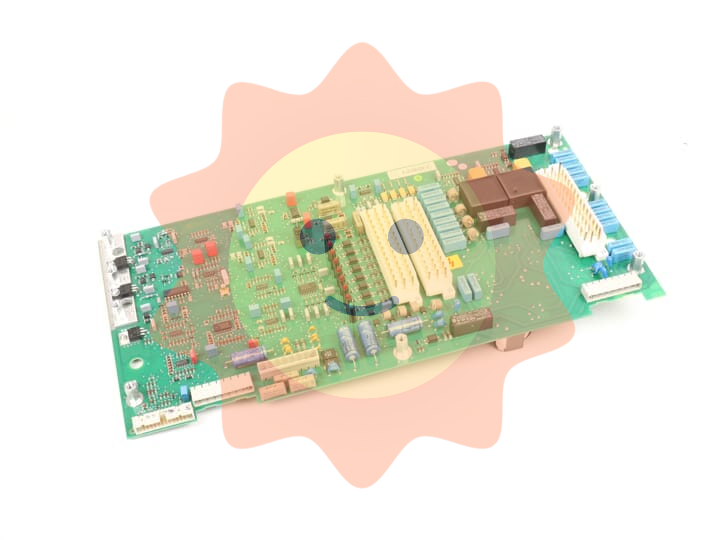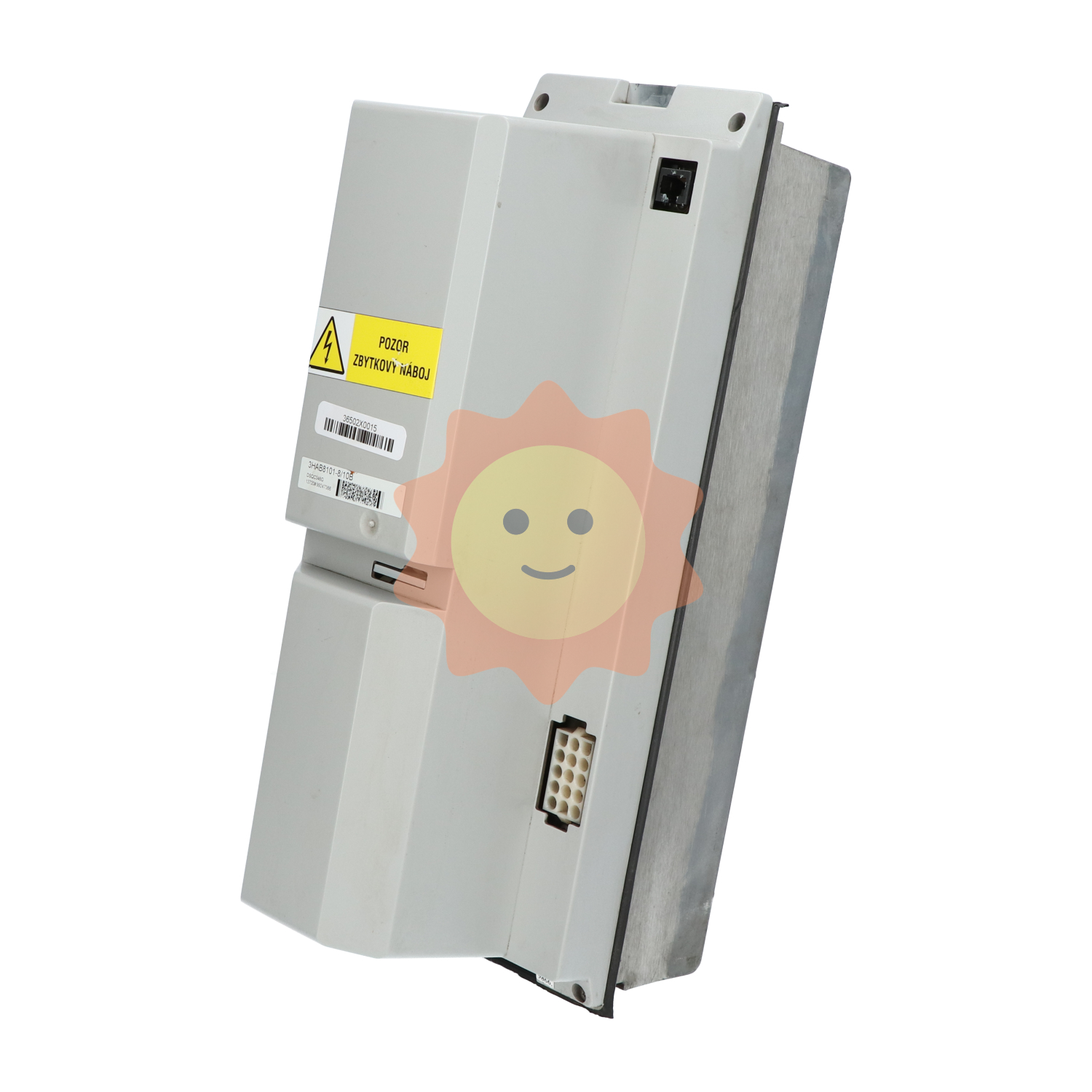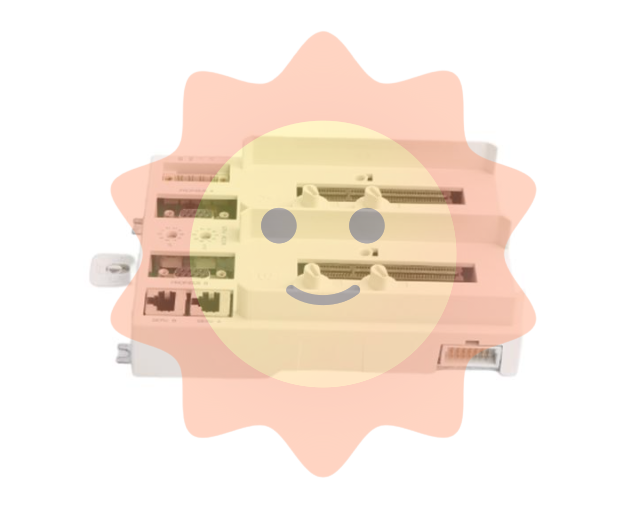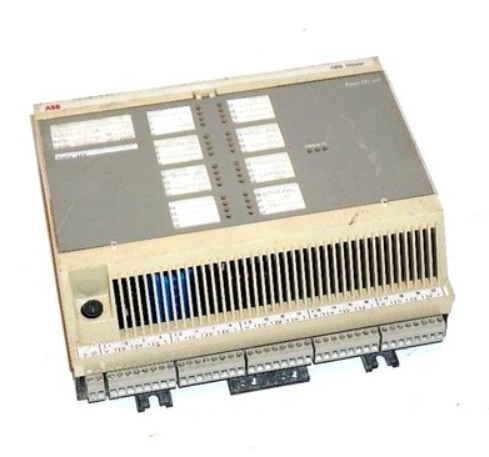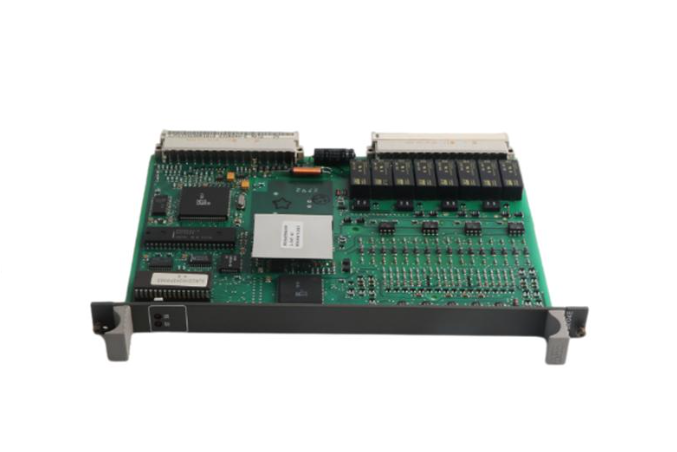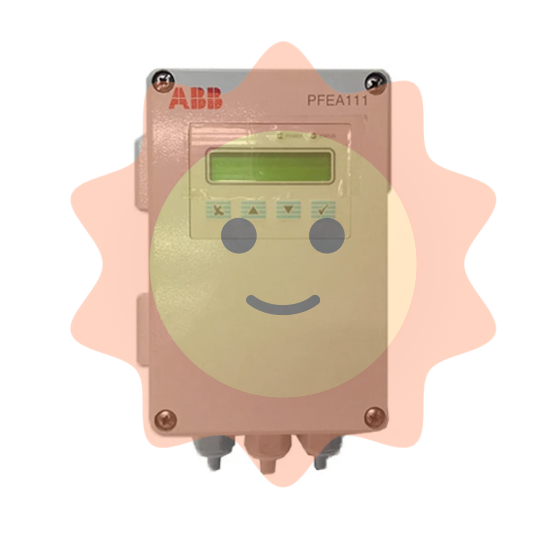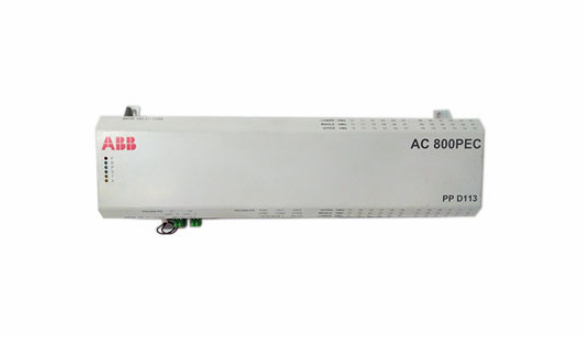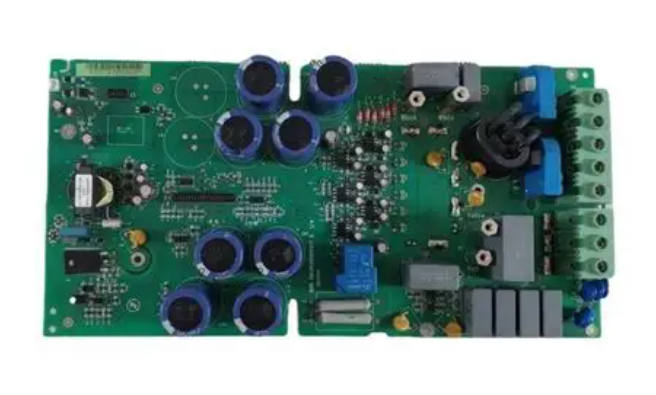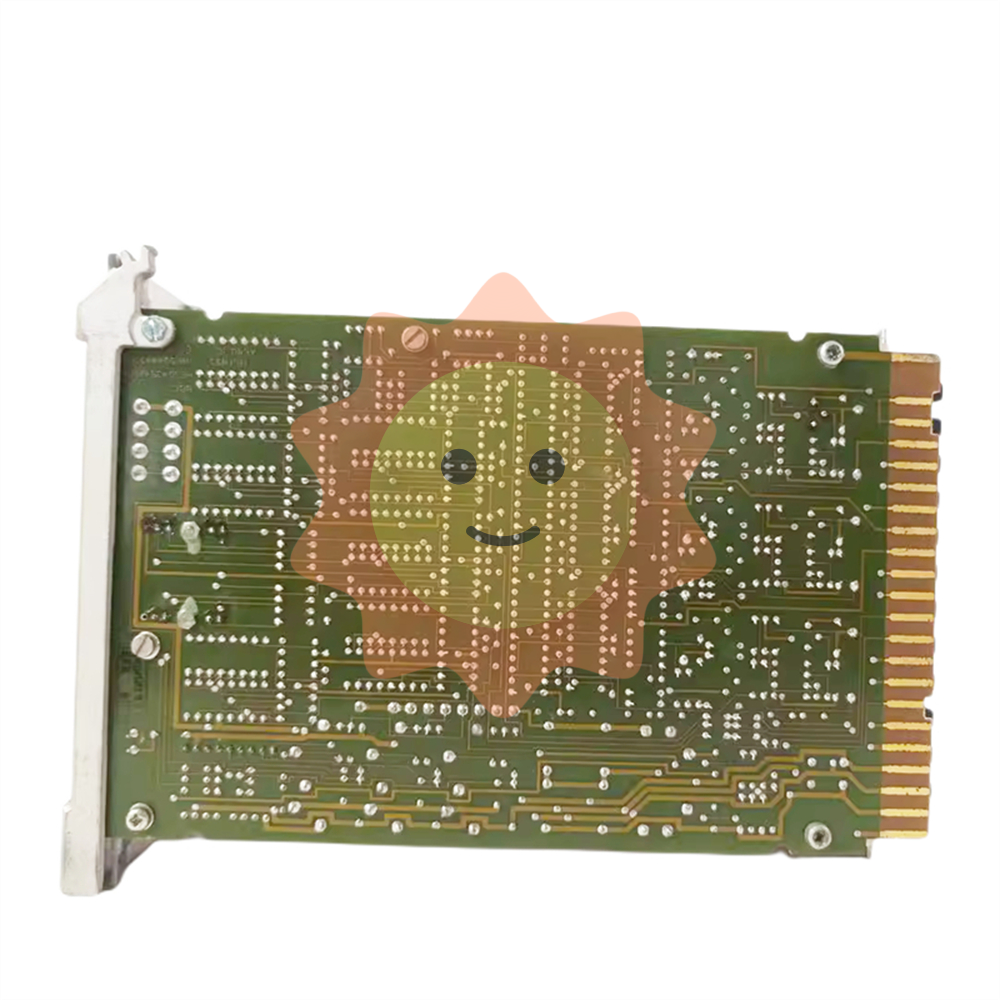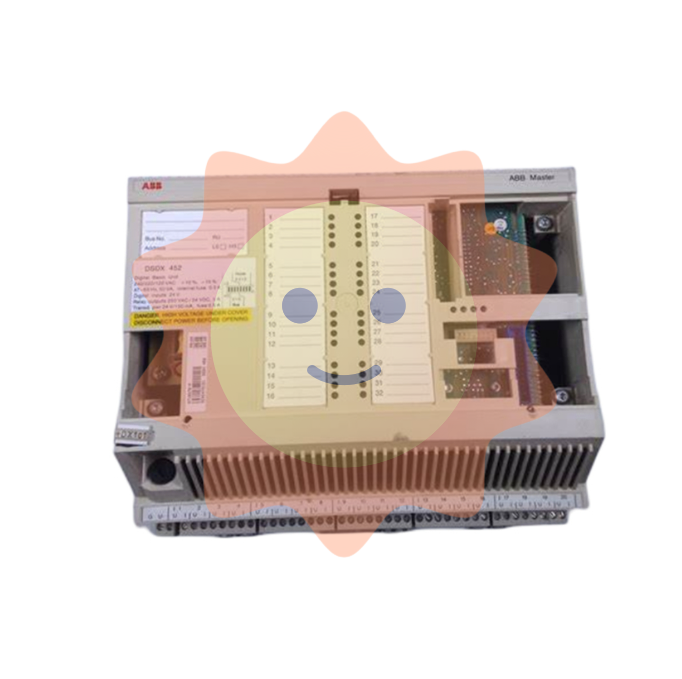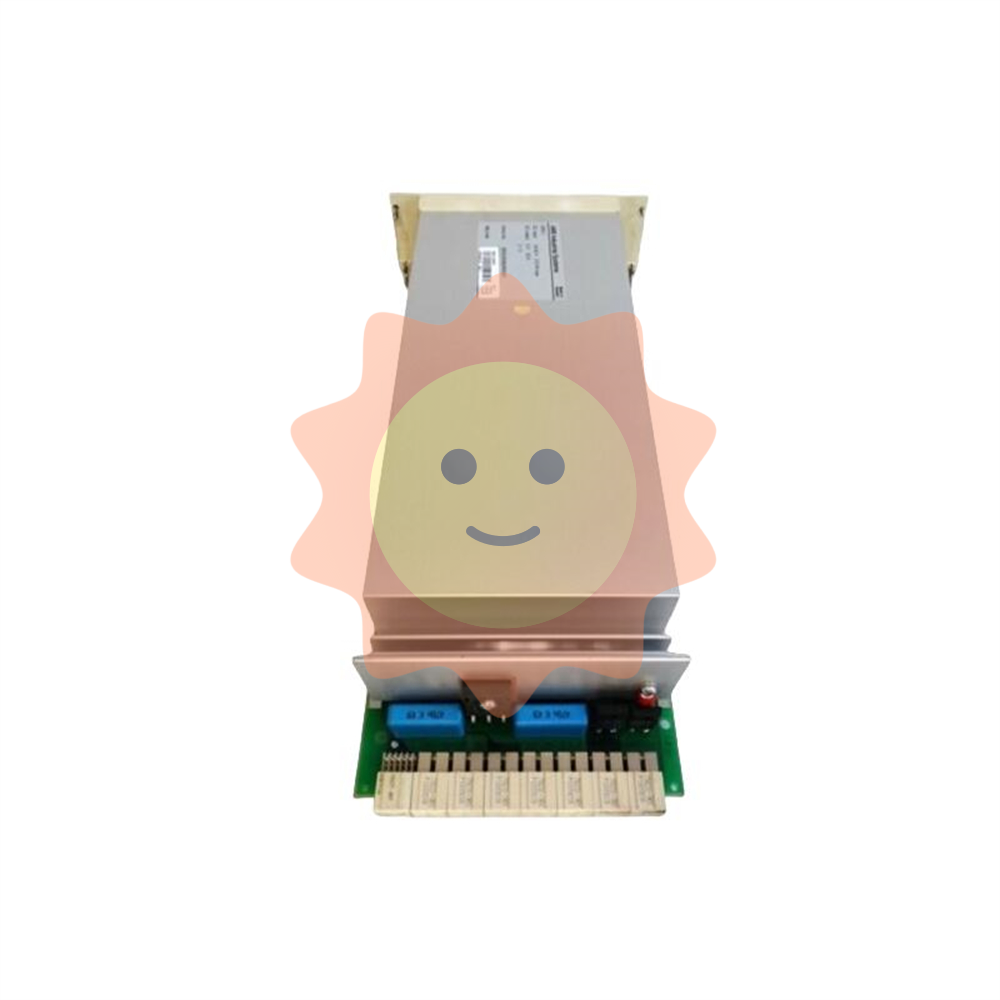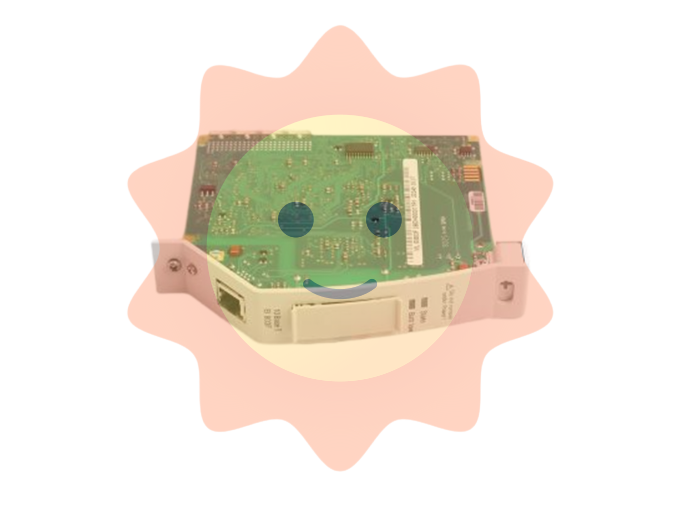How to install GE Series 90-70 Genius Bus Controller?
GE Series 90–70 Genius Bus Controller
Product Overview
Series 90-70 Genius Bus Controller (model IC697BEM731) is an interface module used to connect Genius I/O serial bus with Series 90-70 PLC. It supports communication with Genius I/O blocks, remote I/O sites, handheld monitors, and other devices, and can achieve functions such as data transmission, diagnosis, distributed control, and redundancy. It follows multiple international standards and is suitable for various automation control scenarios.
Core functions and system composition
System Overview
The Series 90-70 PLC bus controller (product number IC697BEM731) is used to connect the Genius I/O serial bus to the Series 90-70 PLC.
The devices that Genius bus can serve include:
Genius module: Provides interfaces with various discrete, analog, and special-purpose field devices, with advanced diagnostic capabilities and many software configurable features.
Remote nodes: Series 90-70 I/O racks connected to the bus through remote I/O scanner modules, each remote node can contain any combination of discrete and analog I/O modules, providing up to 128 bytes of input data and 128 bytes of output data.
Handheld monitor: can be used as a portable device or permanently installed, providing a convenient operator interface for module settings, data monitoring, and diagnostics.
Multiple hosts: used for communication through datagrams and global data.
Bus can achieve various functions, such as enhancing I/O control through communication commands in the program, only used for I/O control, dedicated for CPU communication, and can also develop more complex systems.

Number of bus controllers
Series 90-70 PLC systems with CPU versions 3.0 and higher can contain up to 31 bus controllers.
Early CPU versions could accommodate up to 16 bus controllers.
In some redundant system configurations, there are fewer available bus controllers, as detailed in Chapter 6.
I/O devices on the bus
The I/O devices on the bus can be Genius I/O modules or standard Series 90-70 I/O modules in one or more remote nodes.
The total number of I/O circuits that a Genius bus can serve depends on the type of I/O device used and the available memory in the CPU.
Memory requirements for Genius module:
For% I and% Q memory, the size shown is in bits; For% AI and% AQ memory, the size shown is in words.
Different types of modules (such as 115 VAC grouped I/O modules, 115 VAC isolated I/O modules, etc.) have different maximum memory requirements.
Many Genius I/O modules have both inputs and outputs on the same module. Modules configured as both inputs and outputs in Logicmaster 90 software will occupy the same reference in% I and% Q memory. Unused references cannot be allocated to other inputs or outputs and should not be used in applications.
Memory requirements for remote nodes: A 90-70 remote I/O scanner (IC697BEM733) and the modules it serves form a remote node on the Genius bus. The remote node can include any combination of Series 90-70 discrete and analog input-output modules, with a maximum total of 128 bytes of input and 128 bytes of output (8 discrete points represent one byte, and 1 analog channel uses 2 bytes).
Bus controller description
The bus controller is a standard rack mounted Series 90-70 PLC module.
Status LED: The front LED indicates its operating status, the top two LEDs should light up during normal operation, and the bottom LED is not in use.
Module OK: Displays the status of the bus controller and flashes during power on diagnostics.
Channel OK: Displays the status of the bus. It lights up steadily when the bus is running normally, flashes intermittently when there are bus errors, goes off when the bus is faulty, and also goes off when no configuration is received from the PLC CPU.
Handheld monitor connector: The handheld monitor connector on the bus controller panel is used to connect a handheld monitor. For the IC697BEM931 bus controller, if there is a lower HHM connector, it is not used. Except for the allocation of I/O module device numbers, all handheld monitor functions can be executed through HHM connected to the bus controller. It is recommended to use IC660HHM501C (or higher version) handheld monitor to ensure normal operation with Series 90-70 PLC.
Terminal components: The serial bus and shielded wire are connected to the removable terminal block on the front of the bus controller. For the IC697BEM931 bus controller, only the upper three terminals are used. To remove terminal components without interfering with bus continuity, jumper wires are required, as detailed in Chapter 2.

Genius bus
Bus type: Daisy chained bus cable; Single twisted pair cable with shielding or Twinax. Fiber optic cables and modems can also be used.
Bus terminal: Connect 75, 100, 120, or 150 ohm resistors at both ends of the electrical bus cable.
Baud rate: configurable, standard 153.6 Kbaud, extended 153.6 Kbaud, 76.8 Kbaud, or 38.4 Kbaud.
Maximum bus length: 7500 feet at 38.4 Kbaud, 4500 feet at 76.8 Kbaud, 3500 feet at 153.6 Kbaud expansion, and 2000 feet at standard 153.6 Kbaud. The maximum length at each baud rate also depends on the cable type. Chapter 2 provides a complete list of cable types, displaying the corresponding bus length and baud rate. Using fiber optic cable segments with modems can achieve longer bus lengths.
- EMERSON
- Honeywell
- CTI
- Rolls-Royce
- General Electric
- Woodward
- Yaskawa
- xYCOM
- Motorola
- Siemens
- Rockwell
- ABB
- B&R
- HIMA
- Construction site
- electricity
- Automobile market
- PLC
- DCS
- Motor drivers
- VSD
- Implications
- cement
- CO2
- CEM
- methane
- Artificial intelligence
- Titanic
- Solar energy
- Hydrogen fuel cell
- Hydrogen and fuel cells
- Hydrogen and oxygen fuel cells
- tyre
- Chemical fiber
- dynamo
- corpuscle
- Pulp and paper
- printing
- fossil
- FANUC
- Food and beverage
- Life science
- Sewage treatment
- Personal care
- electricity
- boats
- infrastructure
- Automobile industry
- metallurgy
- Nuclear power generation
- Geothermal power generation
- Water and wastewater
- Infrastructure construction
- Mine hazard
- steel
- papermaking
- Natural gas industry
- Infrastructure construction
- Power and energy
- Rubber and plastic
- Renewable energy
- pharmacy
- mining
- Plastic industry
- Schneider
- Kongsberg
- NI
- Wind energy
- International petroleum
- International new energy network
- gas
- WATLOW
- ProSoft
- SEW
- wind
- ADVANCED
- Reliance
- YOKOGAWA
- TRICONEX
- FOXBORO
- METSO
- MAN
- Advantest
- ADVANCED
- ALSTOM
- Control Wave
- AB
- AMAT
- STUDER
- KONGSBERG
- MOTOROLA
- DANAHER MOTION
- Bently
- Galil
- EATON
- MOLEX
- Triconex
- DEIF
- B&W
- ZYGO
- Aerotech
- DANFOSS
- KOLLMORGEN
- Beijer
- Endress+Hauser
- MOOG
- KB
- Moxa
- Rexroth


Email:wang@kongjiangauto.com

